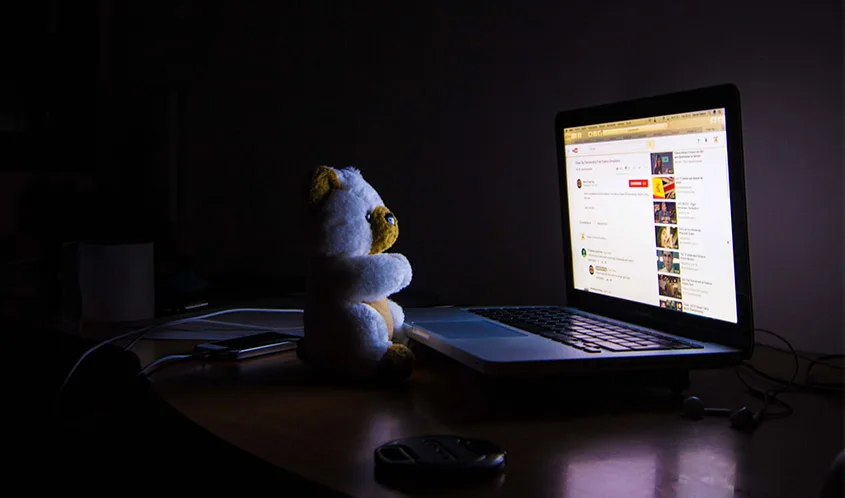by MELISSA HUNTER, founder, Family Video Network
On Sept. 4, the Federal Trade Commission (FTC) revealed the settlement of the complaint brought against YouTube by the New York Attorney General and the FTC alleging that “YouTube violated the COPPA Rule (Children’s Online Privacy Protection Act) by collecting personal information — in the form of persistent identifiers that are used to track users across the internet — from viewers of child-directed channels, without first notifying parents and getting their consent.”
As part of this settlement, effective Jan. 1, YouTube will no longer serve what are termed “personalized ads” on videos targeting children. These ads require the tracking of online user behavior in order to target ads at viewers, a practice that is prohibited by the COPPA for users younger than 13. Instead, content that is deemed to be for kids younger than 13 will be served with contextual ads, and they will be few and far between due to the current lack of infrastructure within both YouTube and third-party ad servers to provide those ads.
Although YouTube has long argued that its terms of service require users to be at least 13 years of age, it has also touted itself to advertisers as “today’s leader in reaching children age 6-11 against top TV channels.” The toy industry has been using YouTube as its primary platform to reach young consumers for the past several years.
As a matter of fact, YouTube has become so entrenched with the toy market that companies now design toys with an eye to how they will look in videos. The YouTube surprise unboxing craze has clearly driven the development of increasingly more complex unboxing experiences from toy packaging. YouTube and other social media platforms are such an important thread in the fabric of toy marketing that The Toy Association counted YouTubers among the 1,000 media personnel at Toy Fair New York this year, and notes on its website that more than 97,000 social media posts were made during the 2019 trade show.
How does the removal of personalized ads from YouTube videos impact the toy industry? All of the influencers who currently promote toys are going to lose nearly all of their advertising revenue, effective Jan. 1, 2020. This will effectively put many of these creators out of business, meaning there will be far less toy content created and served on YouTube starting next year.
Additionally, the toy content that is created will not be promoted by YouTube’s search and discovery engine, due to other restrictions placed on content aimed at children. YouTube will remove important engagement indicators, such as comments, notifications, likes, and dislikes, from videos aimed at children. Influencers who make enough money via sponsored integrations will still be available to promote toys on YouTube and social media, but views in the millions — which have come to be the expected reach for those videos — are expected to be a thing of the past.
As far as sponsored videos go, at press time, watchdog group Truth in Advertising had filed a complaint with the FTC against the most popular YouTube toy influencer, Ryan ToysReview, alleging “92% of Ryan’s videos contain at least one paid product recommendation aimed at preschoolers, who are too young to distinguish the difference between an ad and organic content.” This complaint will now open up the debate not just about proper disclosure, but also about whether the FTC deems that there is any type of adequate disclosure for video content aimed at children younger than 8 years old.
While it all sounds bleak, YouTube is committed to keeping kids content alive both on its main platform and on the YouTube Kids app. YouTube will continue to expand its contextual advertising efforts (these types of ads are COPPA compliant), and this will hopefully mean that kids’ content creators can begin to earn a living in the latter part of next year. Creators have also diversified their content distribution to other platforms, such as Roku and Apple TV. Super Awesome’s COPPA/GDPR-compliant app Rukkaz is currently in beta release and is attracting many popular YouTube kids’ content creators.
The FTC believes it is making YouTube a safer place by forcing YouTube to comply with these antiquated rules, but the reality is that by the middle of next year, kids will still be watching content on YouTube, but there will be far less kid-safe, appropriate content for them to watch. That may lead to them watching content made for teens that contains themes and activities to which their parents would not want them exposed.
Toymakers and industry organizations need to start conducting their own studies and making sure their voices are heard in the halls of the FTC. The action taken by the FTC may be against the internet giant YouTube, but the actual impact is on the thousands of creators who are small, home-based businesses. The impact will then fan out to toy companies, and for the smaller companies who rely heavily on earned video content on YouTube, this could prove to be catastrophic.
This article originally appeared in the September/October 2019 issue of the Toy Book.


